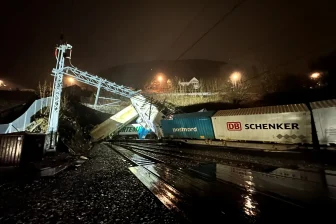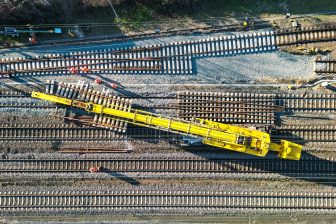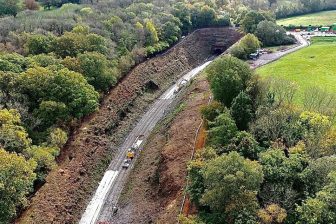
Austrian Koralm tunnel is now structurally complete
© ÖBB / Chris Zenz
With the structural work on the Carinthian side finished, the shell of the Koralm Tunnel is now successfully completed, ÖBB announced this week. The 33 kilometre long tunnel is part of the new double-track, electrified, high-speed railway southern route between Graz and Klagenfurt, which after completion reduces journey time to just 45 minutes.
Want to read more?
You have read all of your free premium articles for this month. Please become a subscriber to keep reading.
Subscribe now!
Take advantage of our exclusive offer to get full access to all premium content.



